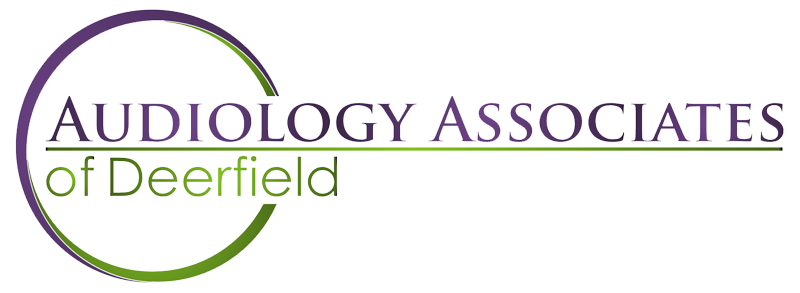If you recently had your hearing checked, you may be looking at a graph with Xs and Os, or you see written numbers from zero to one hundred and twenty. These results are called an audiogram.
Think back to the day of your evaluation. You were wearing headphones and asked to press a button or raise your hand when you heard soft beeps. If you’re looking at a graph, O represents the right ear, X the left ear. Numbers running vertically on the left side of the graph denote the softest sounds you heard, representing the degree or amount of hearing loss in decibels.
Normal 0-15
Minimal 16-25
Mild 26-40
Moderate 41-55
Moderately Severe 56-70
Severe 71-90
Profound 91-120
If you see < > or [ ] marks that float above the Os and Xs, you may have been advised to see a physician, preferably one who specializes in ears. This mismatch suggests that there is something blocking the normal pathway.
Pitch runs horizontally on the graph, bass on the left and treble on the right. Lower numbers are bass, which usually start at 250. Some examples of bass are male voices, a lawnmower or vowel sounds. 1500-2000 is the start of high pitched or treble sounds which include female and children’s voices, birds chirping, and consonants.
Simply stated, when there are changes to the low or middle frequencies volume is lost. When there is a loss of high-pitched sounds, clarity or brightness to speech is impacted. It’s harder to hear in noisy environments when high pitched sounds are reduced. A common complaint is “I hear but can’t understand.”
During your visit, you may have been asked to repeat two syllable words that were very soft. This is noted as SRT. It’s merely a double check on the softest sounds.
Percentages were calculated when one-syllable words were repeated at a level that was comfortably loud. Anything less than 100% indicates you misinterpreted what you heard. There is a greater chance of missing parts of conversation. If your ability to hear speech in noise has been measured, please reach back to whoever performed the evaluation for an explanation as there are a multitude of tests that offer different interpretations.
When hearing falls within the range of normal and you struggle to hear, find a provider who will dig deeper. Don’t ever let anyone tell you that nothing can be done. Listening difficulties can be evaluated and treated.
Any change in hearing is significant, no matter how minimal it appears. It’s important for you to be educated on what’s possible. Get the help that you need. We’re here for you.
